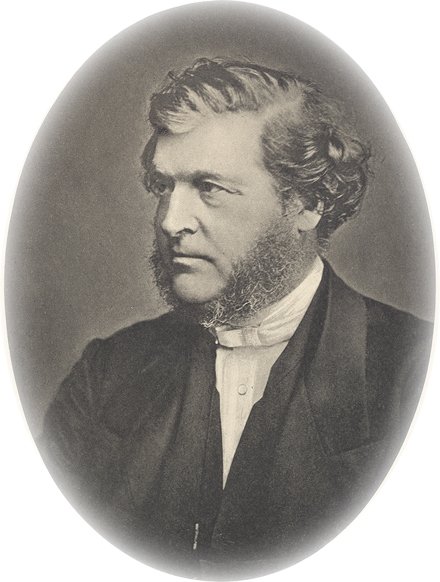In many places Riplinger uses common vocabulary to 'prove' a New Age involvement in modern Bible versions. The trouble is that the words she cites are not necessarily New Age or occultic at all. They may be used by the New Age, but they are used by many other people in other ways. The New Age likes to turn words that are used in English in a variety of ways as 'codewords', but the use of these words does not itself prove involvement with the New Age, rather a New Age connection has to be proved before the word can be interpreted in a New Age way. So it is not the title ‘The Christ’ that is evil (contra Riplinger on Pp.318-321 and in many other places)[1], but the meaning that the New Age movement has filled the title with. The AV itself uses the title several times, for example in John 1:41, John 20:31, 1 John 5:1, and 1 John 2:22. Riplinger has reversed the correct procedure, which is first to prove that a writer is New Age, and then (and only then) to understand the words as New Age.
Words mean things, but they mean different things to different people, which is why a Mormon and a J.W. can both call Jesus 'The Son of God', but mean completely different things by it (both of which are wrong). What is more, the New Testament itself uses language that is also used by the Greek philosophers. If mere similarity of language is enough to establish an identity of ideas, then we must concede that the New Testament borrows from pagan thought (it does not). Rather we need to heed the words of Gordon Clark,
“Since the New Testament was written in Greek, it uses words found in pagan writings… But the point in question is not the use of words but the occurrence of ideas … One cannot forbid Christian writers to use common words on pain of becoming pagans.”[2]
This witness is true. Making the necessary changes, we can say that this caution is still in force. Some of the words referred to by Riplinger to make her case are: Demon,[3] Love,[4] One,[5] Teacher,[6] Teaching,[7] Age,[8] and Office,[9] not to mention many other such “common words.” Not one of these words is in itself a technical New Age term. To use these terms does not necessarily make its user a heretic or New Ager. Thus it can be seen that it is not enough to prove that a writer uses a specific term that the New Age uses, it must also be proven that the writer uses it in the same way as the New Age movement’s writers, and this can only be done by citing the use of the word in context.
Of course there are genuine heretical catchphrases and terms. The catchphrase of the Arian is "There was a time when he [Jesus] was not." The Semi-Arian says that Jesus is "Of a similar nature to the Father." The New Ager refers to "The Christ-consciousness," and the Swedenborgian speaks of "Our Lord God Jesus Christ." The Mormon speaks of "The only-begotten of the Father according to the flesh," and so on. It is by these uncommon words and phrases that we identify false teaching.
Necessary Info in the Footnotes
[1] It has been pointed out to me that Riplinger’s quotation of Norman Geisler, “Liberty University's Dean Norman Geisler adds: 'We should be particularly wary when someone refers to Jesus Christ as "the Christ" . . . “ (NABV P. 318) to back up her point is dishonest. This is in fact a doctored quotation. The original reads: “We should be particularly wary when someone refers to Jesus Christ as "the Christ spirit" or "Christ-consciousness.” Quoted by Bob and Gretchen Passantino, http://answers.org/bookreviews/newagevers.html (accessed 29/09/09). Geisler does not say that it is the title ‘The Christ’ that is New Age, but the phrases “The Christ-Consciousness” and “The Christ-Spirit.”
[2] Gordon H. Clark, Thales to Dewey, as quoted in Ronald Nash, The Gospel and the Greeks (Phillipsburg, Presbyterian and Reformed, 2003) P. 7. Emphasis added by Nash. The whole of this book, which deals with the claim that the New Testament borrows wholesale from pagan thought, is well worth reading, not only for those interested in the subject and seeking to reply to claims such as those found in the Da Vinci Code, but to those interested in the whole question of how far similarity of language can be used to show dependence of thought. It is fascinating to see how closely Gail Riplinger's method with the modern Bible versions resembles that of the History-of-Religions-School with the New Testament. As well as scary, of course.
[3] P. 13
[4] P. 13
[5] Chapter 5, Pp. 76-97
[6] P.20
[7] Pp. 325-9
[8] P. 283
[9] P. 347
Subscribe to:
Post Comments (Atom)

No comments:
Post a Comment